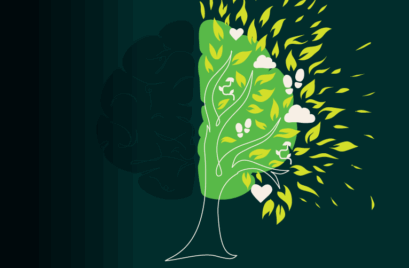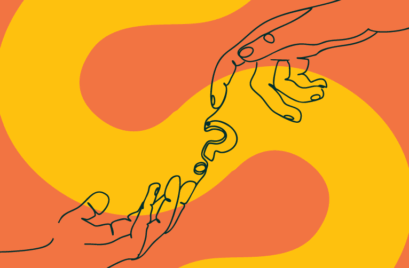
We hear a lot about critical thinking in the workplace and how it’s needed to exercise good judgment in solving complex problems. But what constitutes critical thinking? Is it something that we practice in isolation from other forms of intelligence? And do we get the very best solutions from critical thinking alone?
Defining Critical and Creative Thinking
Firstly, we should define what we mean… critical thinking is a complex process that demands high-order reasoning processes to achieve a desired outcome. Its skill lies in assessing and analysing a range of information and inputs.
Yet the primer to that process falls into another realm entirely—creative thinking. This can be much more elusive to explain, but generally speaking, it means having the ability to generate novel associations that are adaptive in some way (Ward, Thompson‐Lake, Ely, & Kaminski, 2008).
While creative thinking benefits from a divergence of ideas, critical thinking is analysing and evaluating a range of inputs that converge on a decision or action. So when we generate ideas, it is a process of making connections, and when we solve, we focus through comparison.
It’s the synergy of these two acts — creative and critical — that enables truly effective thinking.
Studies on the overlapping nature of these dual “thinking” processes found that:
- creative and critical thinking play complementary roles in problem-solving
- creativity, critical thinking, and problem-solving are the main cognitive competencies for the 21st century
- creativity and critical thinking are key ingredients for innovation
- creative and critical thinking need to be stimulated for better learning contexts
One particular learning model used to explain the connection between the two, shows it unfolding in four phases that may be cyclical or linear, sequential or concurrent.
The Creative Thinking Phases
Inquiring — this is where we ask questions and start processing what we’re hearing and observing
- Is this credible? Is it factual or a value claim?
- What are the assumptions and biases related to this?
- How can I get more understanding or clarity?
Generating — this is where we start to spark connections, look for reframes, and begin to act
- How can this idea be expanded upon?
- How do I activate this idea?
The Critical Thinking Phases
Analysing — this is where we interpret, apply rationale, provide reasons, and evaluate outcomes
- What is it that I am creating or developing?
- What is the information I require?
- In what ways can I interpret the data?
Reflecting — this is where we think about what we are thinking and transfer wisdom to others
- How is my critical thinking leading me to a higher plane of understanding?
- How is this knowledge useful? Who is it useful to?
Another way to understand the continuum between critical and creative thinking is to consider the movement from one to the other.
Perhaps the most encapsulating explanation of their interdependency, though, is as Dr. Linda Elder explains it:
“If all you can do is think critically, without creating solutions, then you’re not going to succeed in the process of “thinking.” If all you do is think creatively, then you may create something novel, but not significant.“
So, when you’re seeking solutions to complex problems in the workplace, consider whether you have committed just as strongly to the creative process that will bring the best and most diverse ideas. And once the creative thinking phase has flourished, look to apply the rigor of critical thinking. This interdependent weave of ways of thinking will yield the highest results.








